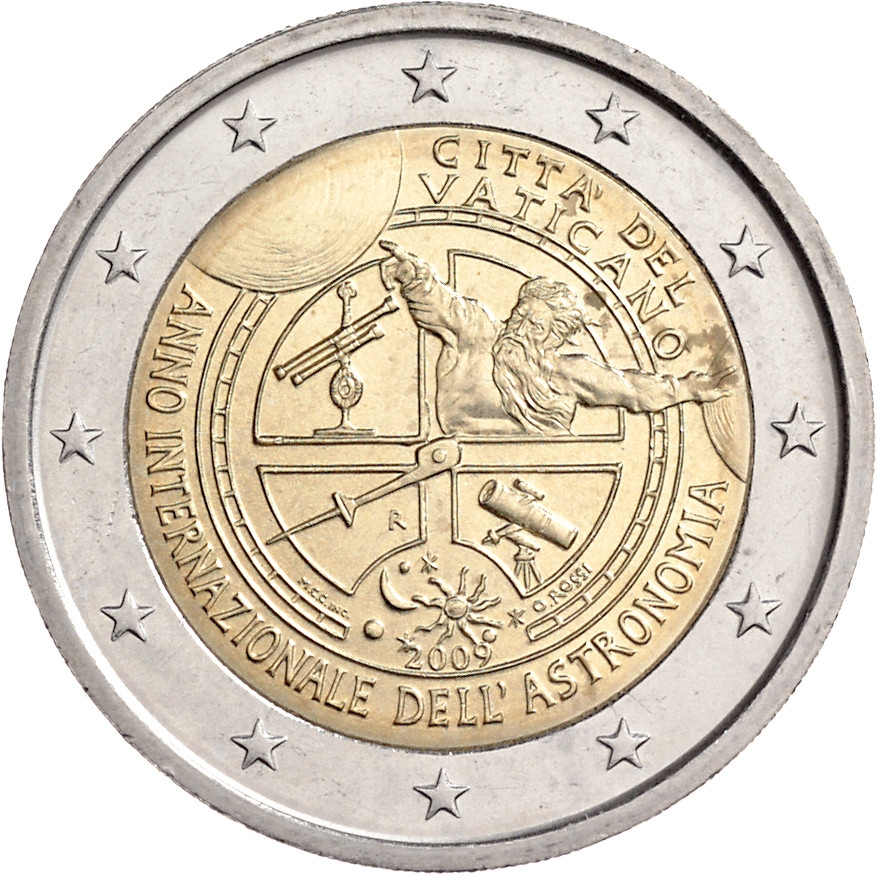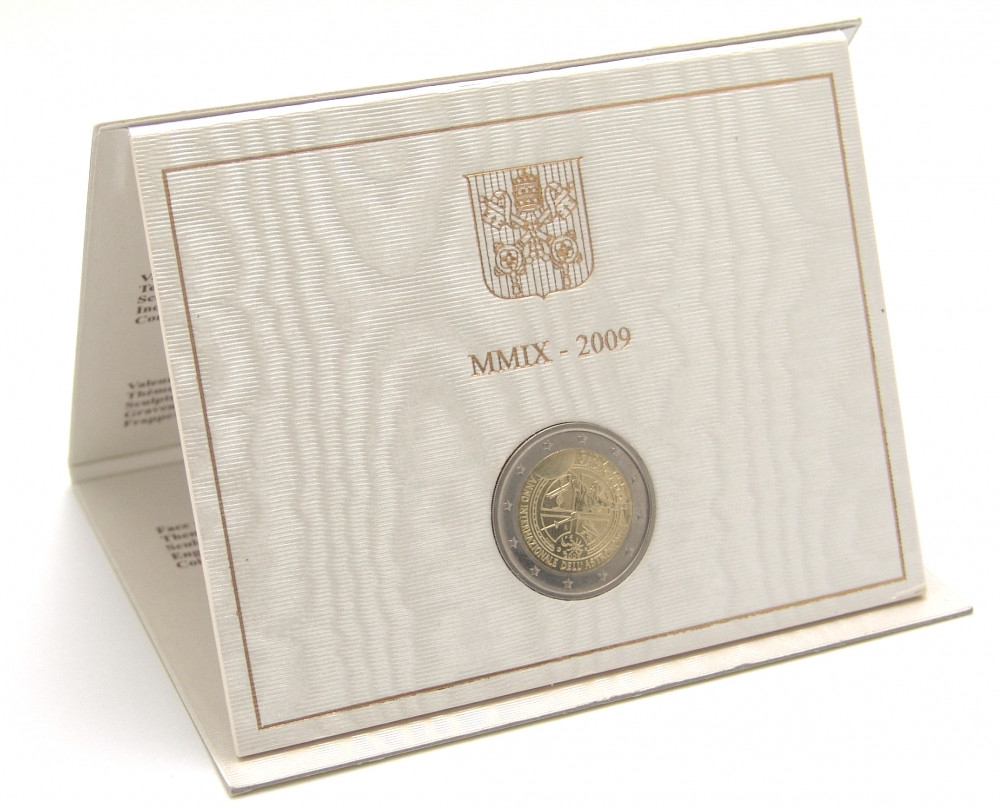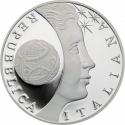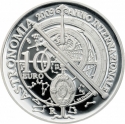You are about to finish your registration. Please check your mailbox (including spam folder). There should be a letter with a confirmation link. Check setting to make sure that your e-mail address is correct.
Send letter againDescription
The International Year of Astronomy (IYA2009) was a year-long celebration of astronomy that took place in 2009 to coincide with the 400th anniversary of the first recorded astronomical observations with a telescope by Galileo Galilei and the publication of Johannes Kepler's Astronomia nova in the 17th century. The Year was declared by the 62nd General Assembly of the United Nations. A global scheme, laid out by the International Astronomical Union (IAU), was also endorsed by UNESCO, the UN body responsible for educational, scientific, and cultural matters.
The IAU coordinated the International Year of Astronomy in 2009. This initiative was an opportunity for the citizens of Earth to gain a deeper insight into astronomy’s role in enriching all human cultures. Moreover, served as a platform for informing the public about the latest astronomical discoveries while emphasizing the essential role of astronomy in science education.
Obverse

|
The inner part depicts an allegory of the birth of the stars and planets together with several astronomical instruments. The design is inspired by Michelangelo's frescoes in the Sistine Chapel. The mint mark R is situated in the bottom left quadrant and the year mark 2009 is at the bottom. The design is surrounded on the bottom left-hand side by the legend International Year of Astronomy and on the top right-hand side by the name of the issuing country Vatican City. The twelve stars of the European Union surround the design on the outer ring of the coin. CITTA' DEL |
|---|---|
Reverse

|
A geographical map of Western Europe spans the outer ring and inner core on the right side of the coin. The inscription 2 EURO is superimposed over the map of Europe, with the numeral “2” located in an open field representing the eastern Atlantic Ocean. 2 EURO |
| Edge |
The sequence "2 ★" repeated six times alternately upright and inverted 2 ★ 2 ★ 2 ★ 2 ★ 2 ★ 2 ★ |
2 Euro
KM# 410 Schön# 407
Characteristics
| Type | Commemorative Issue (Circulating) |
| Material | Bi-Metallic |
| Ring | Cupronickel |
| Center | Nickel Brass |
| Weight | 8.5 g |
| Diameter | 25.75 mm |
| Thickness | 2.25 mm |
| Shape |
|
| Alignment | Medal |
| Mint |
Italian State Mint and Polygraphic Institute (IPZS)
|





